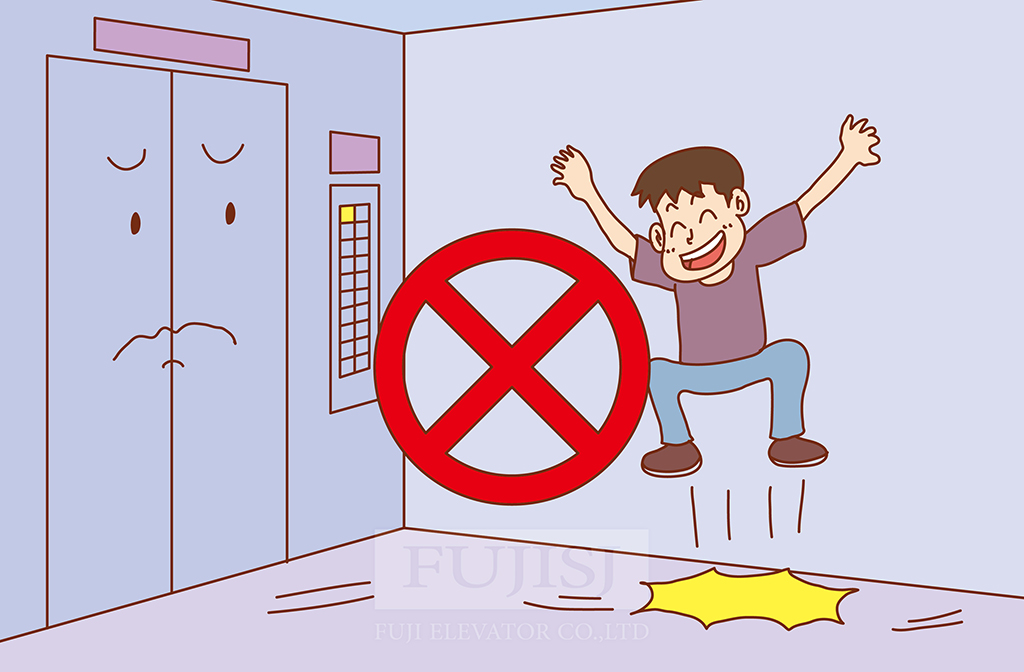Elevators have long been integrated into people’s lives today and have become an indispensable part. It is like a vertical street in the city, making our life pace faster and greatly improving our travel efficiency. However, as the frequency of elevator use continues to increase, occasional elevator accidents continue to touch people’s nerves. Elevator safety is not only a technical issue, but also a social issue. It requires the joint attention and efforts of the government, elevator manufacturing and maintenance companies, property management departments, and passengers.
We must realize that although elevator accidents occasionally occur, the safety of elevators is still very high compared to other means of transportation. The design and manufacturing of elevators have strict national standards and industry specifications. At the same time, daily maintenance and regular inspection of elevators are also important aspects to ensure passenger safety. Therefore, in the face of possible elevator accidents, mastering the necessary safety knowledge is a necessary step for every passenger to protect themselves.
Here, we share some safety common sense when using elevators to help everyone stay calm and make correct judgments when encountering elevator emergencies:
1. When taking the elevator, the following behaviors are hidden dangers
a. Press the door open and close button repeatedly. This will not speed up the opening and closing of the door, but will affect the sensitivity of the elevator operating program.
b. The elevator times out and waits for people repeatedly. This will interfere with the designed program, affect the sensitivity of the elevator, and cause confusion in the elevator computer program.
c. Transport decoration waste and throw away debris. Debris may fall into the internal operating parts of the elevator, causing it to get stuck and stop running.
d. Hitting the elevator when carrying furniture, building materials and other heavy objects. The elevator may be dislocated due to impact, causing emergency braking or closing of the elevator or falling accidents.
e. Forcibly squeeze into the elevator when it is overloaded. It may cause elevator program disorder and malfunction. The elevator has a rated load capacity. If the load exceeds the load range, self-protection measures such as alarming will be taken.
2. 6 things to pay attention to when taking the elevator
a. Whether the elevator door opens and closes smoothly and whether there is any abnormal sound.
b. Whether the elevator starts, runs and stops normally.
c. Whether the buttons of the elevator operate normally.
d. Whether the lights, floor display inside the elevator, and the floor display outside the elevator are normal.
e. Whether emergency devices are normal, such as intercoms, emergency buttons, exhaust fans, and monitors.
f. When the elevator stops, whether it is at the same level as the ground on each floor.
Post time: Feb-27-2024
![富吉-[LOGO]-105](https://www.fujisj.com/uploads/a78ec670.png)



